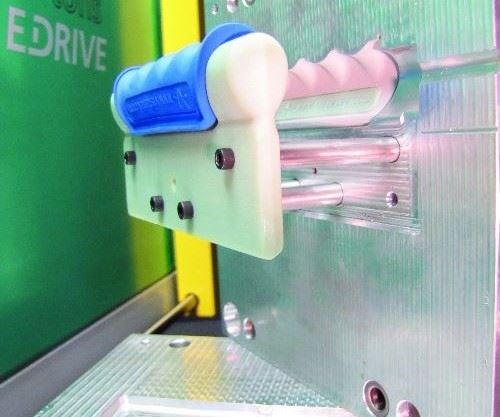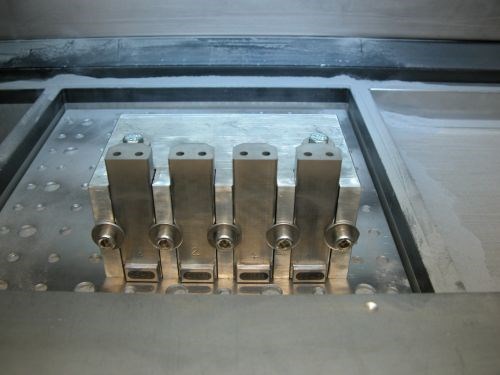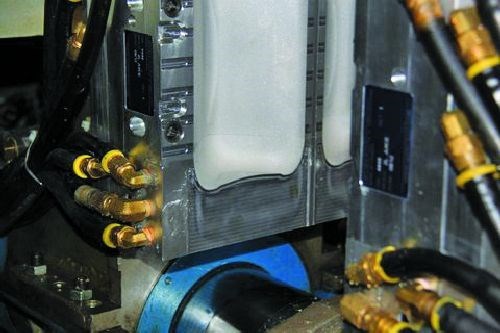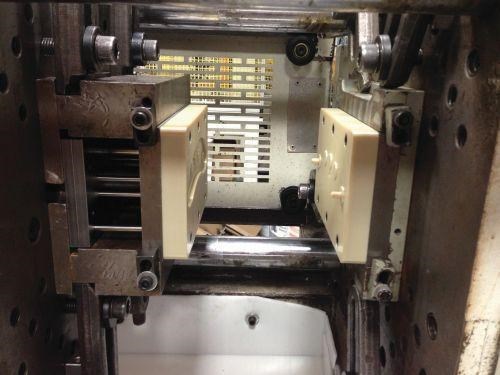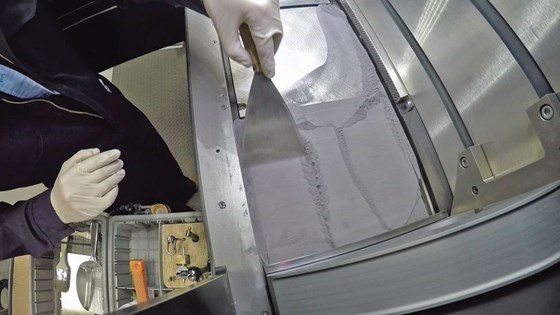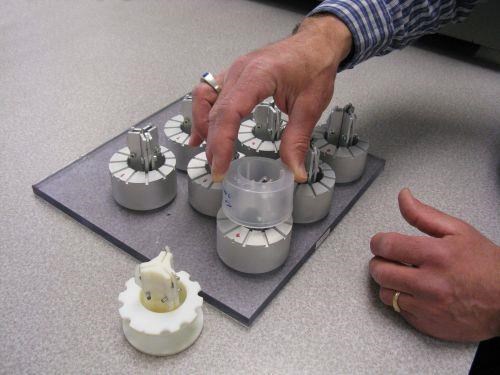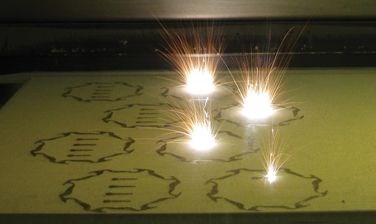Technology Tuesday, Everything Additive
I began working on Additive Manufacturing magazine back in 2012 with the publication’s chief editor, Pete Zelinski. Since then I’ve covered several facets of AM technology, but mostly those relevant to mold and toolmaking. Here, I revisit some of the applications and processes discussed.
Additive Manufacturing is a magazine focusing on the use of 3D printing technologies to make functional products such as mold tooling and end-use parts. Some of the processes and applications of particular interest to mold manufacturers include conformal cooling, metal laser sintering hybrid milling, 3D printed tooling, 3D printed jigs and fixtures, repair and safety, to name a few. Here are some of the stories I produced over the past few years. I believe they are worth a first, or second, look.
1 A traditional mold manufacturer or injection molder can and should embrace additive manufacturing, because it is truly complementary to its existing processes and adds value, says VistaTek.
2 Repairing damaged mold inserts is a growth area for additive manufacturing, particularly for direct metal laser sintering (DMLS). Rather than replacing damaged tools, DMLS can be used to quickly repair only the damaged areas, resulting in simplified repair, decreased downtime, longer operating life and reduced costs associated with maintenance and repair, according to Ecoparts and Innomia.
3 LMD, which can be used to make the pinch-offs, differs from other related AM processes in that it works with multiple materials, not a single material. Rather than machining a pocket to accept a wear insert, a shop machines a recess to accept LMD material that becomes one with the substrate (the mold), meaning there is no thermal break. The bottom line is, with LMD in blow mold manufacture and molding shopscan replace the standard generic pinch-off inserts, and build a mold without any sections at all, providing enhanced benefits to the molder and moldmaker, according to Garrtech.
4 On the moldmaking side, Premier has used 3D printing via the Stratasys machines’ fused deposition modeling (FDM) process to run off prototype mold tools for a customer, printing the molds from Ultem and then creating a master unit die (MUD) set. After printing A and B halves, the company successfully ran 30-40 polyethylene parts for the customer using this tooling. Making low-volume injection molds in this way has helped the company win work from customers unable to justify $5,000 for a first run of molded parts.
5 The most important benefit of 3D sand printing, according to Ford, is the speed of the process. If you look at the traditional way of making a casting, you are months out before you get your first casting, and with 3D sand printing you can have a casting in a matter of days to a couple of weeks.
6 With proper training and a clear understanding of the handling and storage of powders, as well as static electricity and flammability risks and pathways of exposure, additive manufacturing safety can be easily and effectively implemented, according to UL AMCC.
7 Currier realized the importance of recognizing a customer’s expectations of its additive manufacturing capabilities to prevent communication breakdowns and part failure down the line. The company learned how valuable it is to understand the customer’s functional expectations for the part, so they can educate the customer as they go. Many customers do not fully grasp the design for manufacturability (DFM) process, especially as it relates to tooling design and mating components. They take the time to help the customer understand the complexities of form, fit and function.
8 Harbec’s sweet spot is complexity. While using additive to make simple parts is cost-prohibitive, the technology tends to offer an advantage for producing complex parts in lower volumes. “Complex parts and tooling are expensive, but AM helps us look at that differently,” Schneider says. “It makes complexity not such a big hurdle, and it also doesn’t have such a cost attributed to it. It’s more about total part volume than complexity.”
Related Content
The Connector Conundrum: 3D Printed Mold Tooling’s Role in Innovation
ReelView Fishing faced an electronics obstacle in the development of its new technology for underwater video. Additive manufacturing for moldmaking enabled the speed necessary to iterate to a solution.
Read MoreHow to Make Data Work for Mold Productivity and Performance
The use of digital workflows improves the impact of mold design libraries, conformal cooling and machine learning.
Read MoreMMT Chats: The Connection Between Additive Manufacturing Education and ROI
This MMT Chat continues the conversation with Action Mold and Machining, as two members of the Additive Manufacturing team dig a little deeper into AM education, AM’s return on investment and the facility and equipment requirements to implement AM properly.
Read MoreMMT Chats: 4 Keys to a Successful Mold-Building Operation: Innovation, Transparency, Accessibility and Relationship
MoldMaking Technology Editorial Director Christina Fuges chats with Steve Michon, co-owner of Zero Tolerance in Clinton Township, Michigan, about the excitement of solving problems, the benefits of showing gratitude, the real struggle with delegation and the importance of staying on top of technology. This episode is brought to you by ISCAR with New Ideas for Machining Intelligently.
Read MoreRead Next
How to Use Continuing Education to Remain Competitive in Moldmaking
Continued training helps moldmakers make tooling decisions and properly use the latest cutting tool to efficiently machine high-quality molds.
Read MoreHow to Use Strategic Planning Tools, Data to Manage the Human Side of Business
Q&A with Marion Wells, MMT EAB member and founder of Human Asset Management.
Read MoreAre You a Moldmaker Considering 3D Printing? Consider the 3D Printing Workshop at NPE2024
Presentations will cover 3D printing for mold tooling, material innovation, product development, bridge production and full-scale, high-volume additive manufacturing.
Read More

